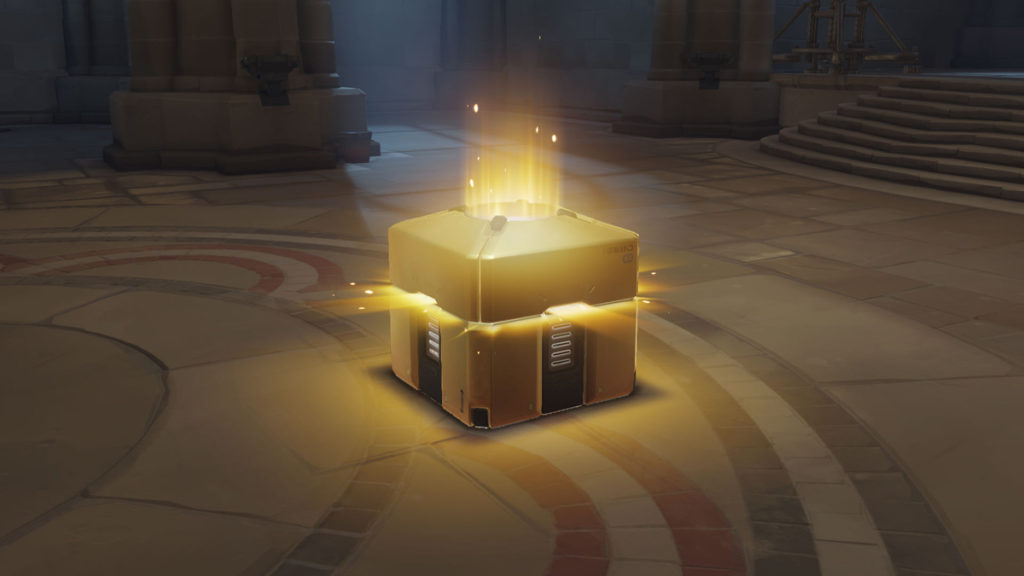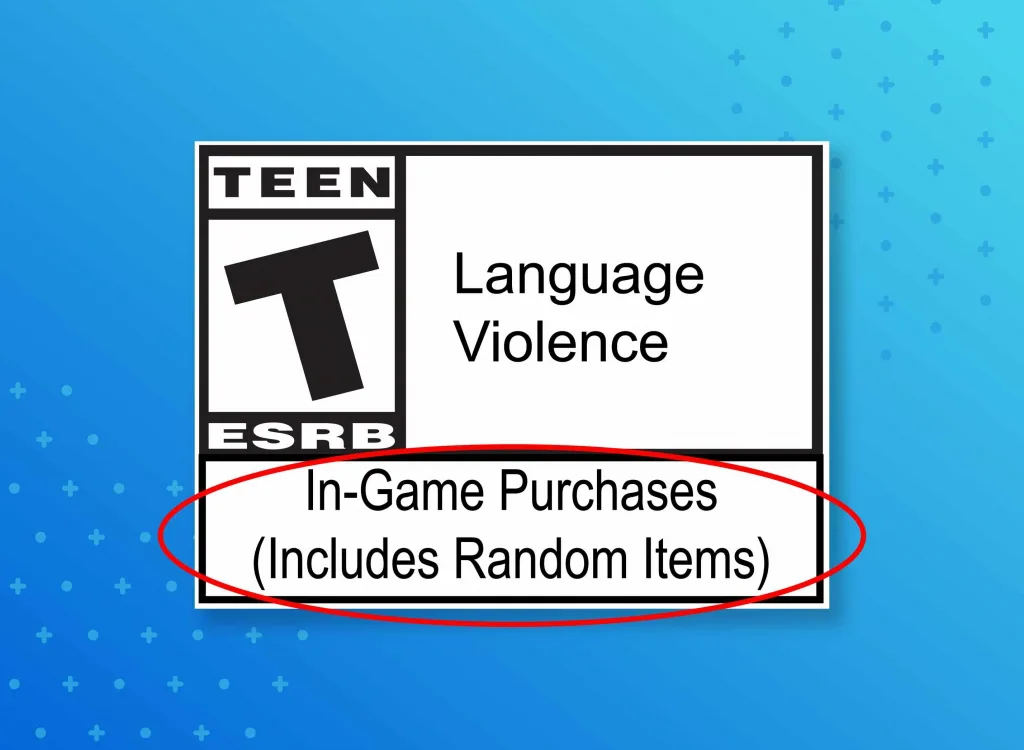
Avoiding video games with loot boxes is about to get much easier. The ESRB has announced a new label that will be applied to any title featuring randomized elements, such as loot boxes, gacha games, item or card packs, prize wheels, and treasure chests, as well as other, non-randomized paid elements.
“This new Interactive Element, In-Game Purchases (Includes Random Items), will be assigned to any game that contains in-game offers to purchase digital goods or premiums with real world currency (or with virtual coins or other forms of in-game currency that can be purchased with real world currency) for which the player doesn’t know prior to purchase the specific digital goods or premiums they will be receiving (e.g., loot boxes, item packs, mystery awards),” the ESRB explained.

The association’s previous “In-Game Purchases” label, which was introduced back in April 2018, will be relegated to titles that include other types of purchases, such as cosmetic items, DLC, and expansions. It will be no longer be used for games that feature loot boxes and other randomized elements.
As for why the new label doesn’t simply use the term “loot boxes,” the ESRB says it’s “a term that doesn’t encompass all types of randomized in-game purchase mechanics.”
“We want to ensure that the new label covers all transactions with randomized elements. In-Game Purchases (Includes Random Items) accounts for loot boxes and all similar mechanics that offer random items in exchange for real-world currency or in-game currency that can be purchased with real money,” it clarified.
